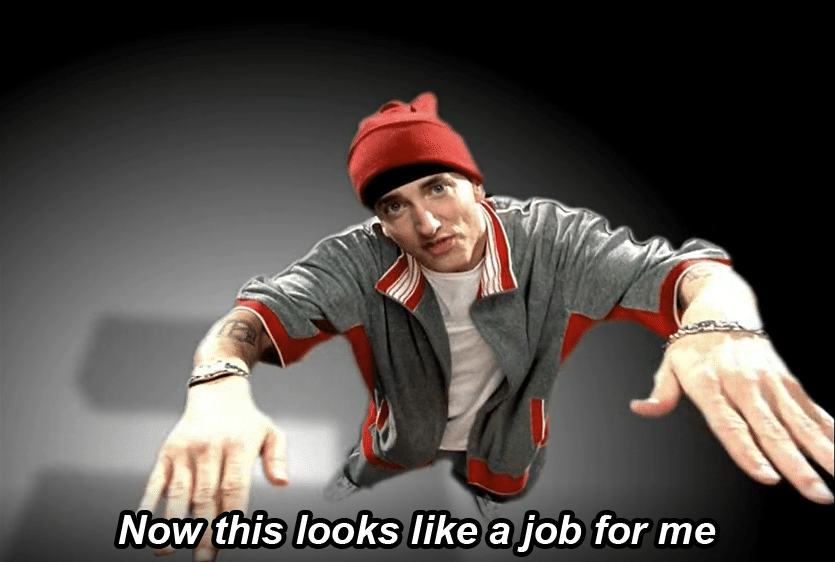I just noticed the ATP website now has a serve and return tracker, allowing you to see where a player prefers to serve or return, and the percentage of points won for each zone. It's not much considering the limited scope of the data (Masters 1000s since 2011, Next-Gen Finals since 2017, ATP Cup since 2019), but I guess you need to start somewhere.
https://www.atptour.com/en/stats/player-tendencies
Looking at Nadal's return stats highlights something that stats did show but wasn't necessarily common sense: the Spaniard tends to be more solid when he returns with his backhand on the first serve than with his forehand. It's something the people behind Tennis Profiler highlighted in an interview with Eurosport FR. The stat pushed out was that after studying about 8,213 points, Nadal wins 36.2% of them returning with his backhand on the 1st serve and 29.3% of them returning with his forehand. Yet, he only sees 43% of first serves going to his forehand. It's particularly true if you manage to find the wide serve to his forehand on the ad side... but Nadal wins the most points on the return when you serve in the middle of the box on the ad side, so you better be accurate if you're going straight at his forehand.

For example, Federer seldoms go wide to Nadal's forehand on the second serve on the ad side... even though he scores a not insignificant higher percentage of points hitting his favourite trademark wide kick serve compared to going down the T. That being said, they haven't played many matches in the aforementioned tournaments, so there are very few serves represented in the tracker.

 hdsr.mitpress.mit.edu
hdsr.mitpress.mit.edu

 hdsr.mitpress.mit.edu
hdsr.mitpress.mit.edu




